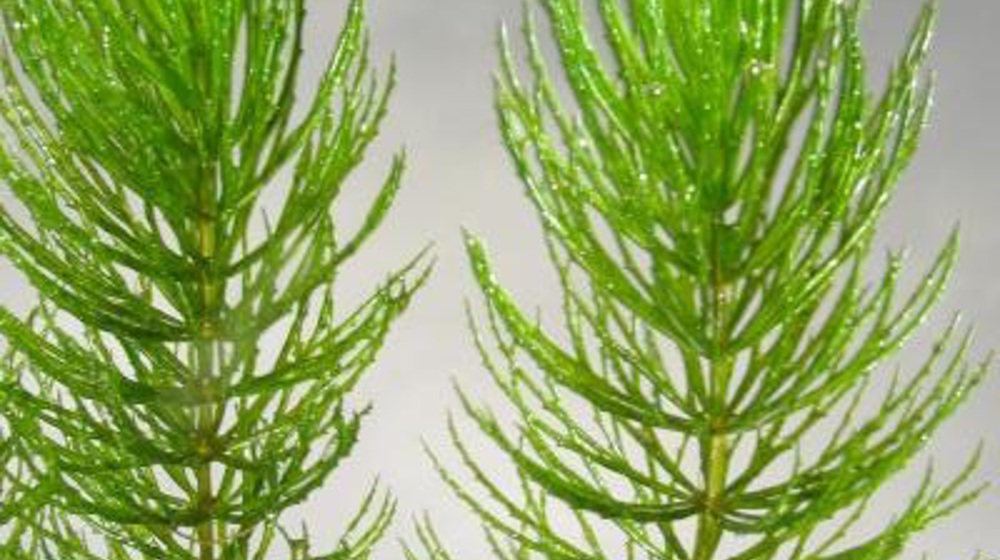-
-
-
-
-
-
-
-
Safer water
-
-
-
-
-
-
-
-
-
-
-
-
Known also as cyanobacteria, toxic algae are naturally occurring, often blooming in warm, summertime conditions in lakes and rivers.
Toxic algae can be harmful to humans, and is especially dangerous to animals, such as dogs.
Please take care if walking your dog near any waterways. Keep them away from anything that resembles toxic algae.
Don’t go swimming in areas with toxic algae present.
Check for toxic algae warnings in your area.
Known toxic algae hotspots in Otago
Rivers:
- Silver Stream, Mosgiel
- Cardrona River, Queenstown-Lakes
- Manuherekia River, Central Otago
- Hāwea River, Queenstown-Lakes
- Waianakarua River, North Otago
Lakes:
- Lake Waihola, Clutha
- Tomahawk Lagoon, Dunedin
- Butchers Dam, Central Otago
How to spot toxic algae
In lakes it gives the water a murky green appearance like pea soup.
In rivers it looks like dark brown tar mats on the riverbed and banks that can have a strong musty smell which attracts dogs.

Toxic algae blooms found in lakes appears as pea soup
 Toxic algae mat on riverbed
Toxic algae mat on riverbed

Toxic algae found in rivers appears as mats on rocks
What to do if your pet dog has eaten toxic algae
Please take care if walking your dog near any waterways to keep them away from anything that resembles toxic algae.
If you think your dog has eaten toxic algae, treat it like an emergency and contact your vet immediately. Signs may include lethargy, muscle tremors, fast breathing, twitching, paralysis or convulsions.
Report possible sightings of toxic algae
To report suspected toxic algae blooms, take a photo and call ORC’s Pollution Hotline on 0800 474 082.
Check, Clean, Dry
If you’re moving your gear between waterways, you must always clean all gear that has come into contact with water – use the ‘Check, Clean, Dry’ method below to help stop freshwater pests spreading.
Check
Remove any algae or plant matter from your gear and leave it at the site (the river or lake bank) or put it in the rubbish. Don’t wash plant material down any drain.
Clean
There’s more than one option for cleaning your gear – choose the best one for your situation and your gear.
Dry
Ensure your gear is completely dry to touch, inside and out, then leave it to dry for at least another 48 hours before you use it (didymo can survive for months on moist gear).

Check, Clean, Dry
CHECK your gear and remove pests. CLEAN your gear thoroughly. DRY it for 48 hours before moving to another waterway!

Freshwater pests
Know your hornwort from your lagarosiphon? ORC’s Biosecurity team actively combats freshwater pests to safeguard our waterways, including initiatives such as the Check, Clean, Dry programme. Let’s keep our aquatic ecosystems thriving.

Marine pests
Marine pests are sneaking into Otago’s waters, posing a serious threat to our native species, marine industries, and treasured coastlines. Let’s work together to keep Otago’s waters safe and pest-free!





